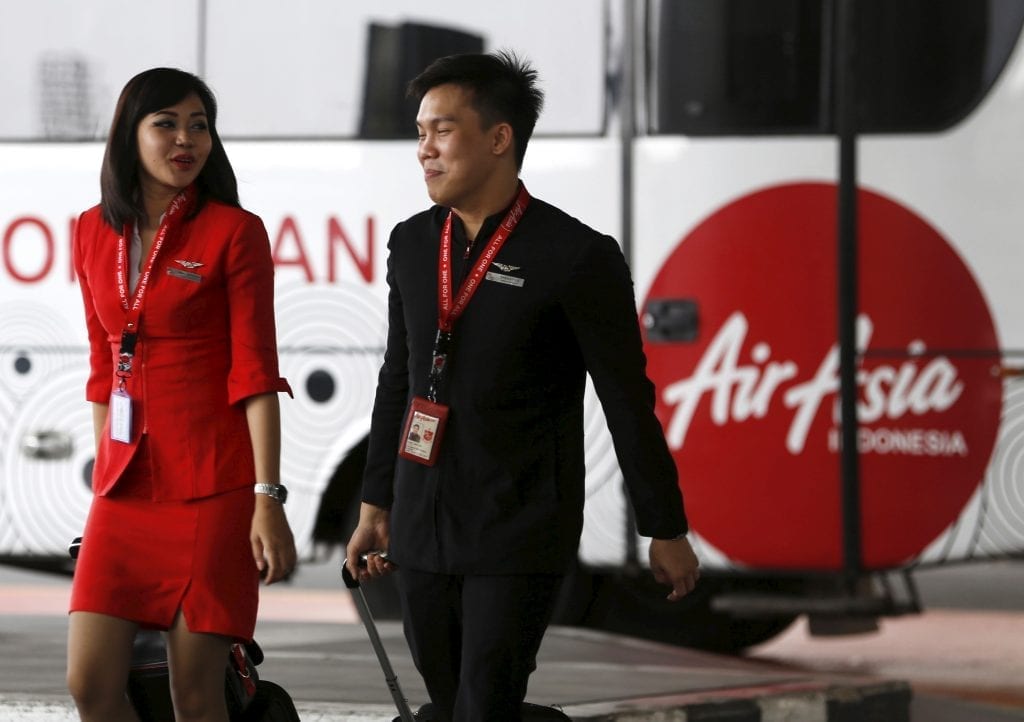

A steel industry veteran at the helm of an airline may come across as strange, but the appointment of Sunil Bhaskaran as the AirAsia India chief is more than just that. It signals a change in control at the company, from Tony Fernandes and his AirAsia, to the Tatas.
And with that change, shareholders would hope that AirAsia’s so-far-controversial stint in India, since it started operating here in 2014, will be a thing of the past.
While the airline may now have a slightly higher market share than rival Vistara – the joint venture between the Tata Group and Singapore Airlines that was launched in 2015 – its losses have increased in the first half of 2018.
By appointing Bhaskaran, the airline has followed its tradition of appointing a non-aviation professional to run its operations. Mittu Chandilya, AirAsia India’s first CEO, previously headed the services practices for Asia Pacific at advisory firm Egon Zehnder International.
It didn’t turn out to be a memorable stint for Chandilya, who was embroiled in a controversy over the appointment of a lobbyist to get an aviation rule modified, which would enable AirAsia India to begin international operations. The controversy boiled over when Tata Trusts trustee Venkatramanan got drawn into it.
Earlier this year, CBI registered a case against Fernandes, and AirAsia’s offices in India were raided.
While Venkatramanan holds 1.5 percent stake in AirAsia India, the airline’s chairman S Ramadorai owns 0.5 percent stake. Tata Sons and AirAsia hold 49 percent each. Since early this year, there have been talks of Tata Sons buying out the stakes of Venkataramanan and Ramadorai. “The process will now quicken after the appointment of the new CEO,” said sources.
Chandilya gave way to Amar Abrol, who was heading a start-up before taking up the CEO role in 2016. Abrol stepped down in May this year to go back to the parent company in Malaysia.
Now in Bhaskaran, the airline has found its third consecutive CEO from outside the industry. While it is not an unusual occurrence, not everyone is amused. “Some never learn!” exclaimed a senior official at an airline.
What would differentiate Bhaskaran though is that he is the first Tata Sons appointee as the airline’s CEO, and therefore, may have a longer stint at the airline than his predecessors. A Tata Group lifer, Bhaskaran joined Tata Steel in 1987 as a management trainee. He has been with the steelmaker ever since, except for a four year-stint at Tata International.
Bhaskaran is currently the Vice President of Corporate Services at Tata Steel.
“He is an old timer, and has dealt with government and can handle change,” said an executive from the industry.
Those will be important attributes for AirAsia India, which will be keen to have stability at the top and focus on building its India business, which hasn’t taken off as spectacularly as was hoped.
Mixed results
Air Asia India’s revenue has been on the rise. Its June quarter revenue jumped 86 percent from a year ago, helped by an 82 percent increase in the number of passengers flying on its aircraft.
The airline’s fleet has expanded to 19 now, and there are talks of taking the number to 70 aircraft in five years.
The fourth quarter of 2017 brought happy news for the airline, as it reported a net profit of Rs 13 crore. But in the ensuing two quarters, losses have mounted.
Despite an 86 percent jump in its revenue, the airline reported losses of Rs 61 crore for the June quarter, as against a loss of Rs 24 crore a year earlier.
Its market share has risen gradually, which is reflective of the intense competition in the Indian aviation market. AirAsia India had a share of 4.8 percent at the end of August 2018, up from 3.4 percent a year ago.
“We are not going to be a 4-5 percent market share airline… We plan to become India’s second-largest low-cost carrier (LCC) within four to five years’ time,” Bhaskaran’s predecessor Abrol had told Financial Express earlier this year.
While he moved back to Malaysia within two months of making that statement, the onus may be now on Bhaskaran to meet the target.